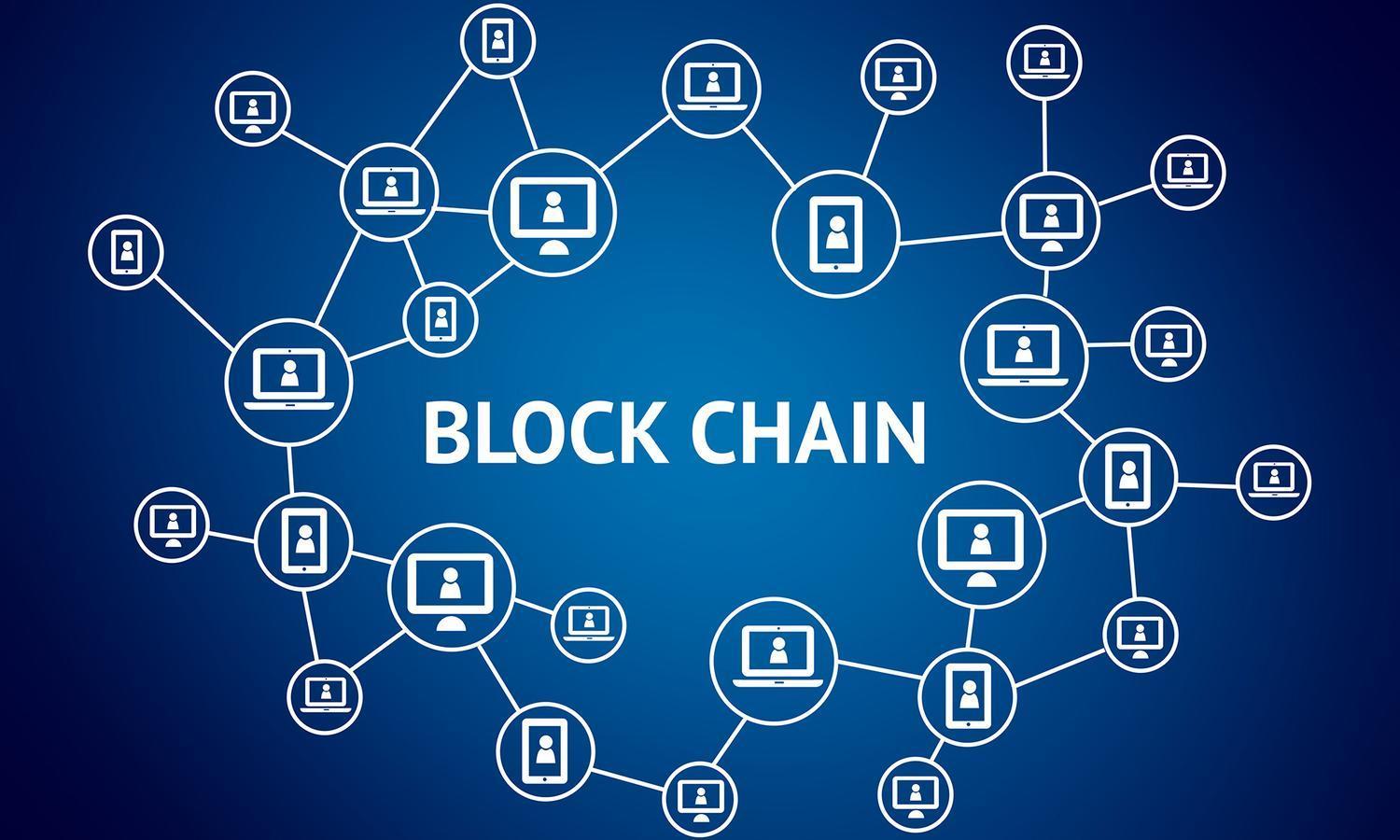5 Major Ways Blockchain Can Help Telecom Providers

By Shelby Solomon Darnell- IBM Blockchain Affect and Vision Scientist
Telecom providers are hearing the Siren’s call of blockchain. Though the technology is new to this industry, many telecom leaders are seeing its potential for positive impact on their organizations.
In a new IBM Institute for Business Value (IBV) report, “Reimagining Telecommunications with Blockchains,” more than one-third of 174 global communications service provider (CSP) executives surveyed said they were considering or actively engaged with blockchain to support their enterprise strategies, including data quality and accuracy, faster and more reliable transactions and improved security.
Challenged by declining revenues, growing customer demands and a rise in over-the-top platforms, many CSPs are involved in large digital transformation projects to stay relevant in a highly competitive market. As an unchangeable, transparent digital record, blockchain facilitates transformations and opens the door to improving efficiencies, streamlining services and growing revenue.
Blockchain is a technology whose main characteristics are maintaining transaction immutability, consensus, and provenance. Meaning data recorded on the ledger has to be agreed upon by several parties before being made a part of the chain, is never changed once accepted as part of the chain, and there always exists an easily auditable way to trace the history of a transaction or a set of transactions. Given these attributes and other attributes that exist as side-effects or add-ons to the main characteristics, it has been observed that Blockchain can help telecom providers in the following ways:
Saves time. Transactions take minutes instead of days. Smart contracts – agreements stored on the blockchain and executed automatically as part of transactions – streamline processes. There’s no more emailing documents back and forth for review, revision and signatures. Instead, the ledger – an immutable record of all transactions on the network – is updated in real time for all relevant network participants to see. In addition, participants exchange assets directly, instead of processing the transaction through intermediaries or a central point of control. Participants can conduct business almost as fast as they make their decisions.
Cuts cost. Administrative overhead and cost of intermediaries can be reduced as participants can police the networks themselves. Duplication of effort can be eliminated because all participants have access to the ledger, and the need for third-party verifications is greatly reduced.
Enhances data quality. CSPs recognize the importance of safeguarding data, and 41 percent of executives surveyed in the IBV study expect blockchains to help ensure data quality and accuracy. In a permissioned blockchain, information is visible to all required participants, while quality and accuracy are maintained throughout all transactions.
Reduces risk. Blockchain’s security features help protect against tampering, fraud and cybercrime. If a network is permissioned, it enables the creation of a limited access network with proof that members are who they say they are and that goods or assets traded are exactly as represented. Seventy-six percent of IBV survey participants cited security as a top reason to invest in blockchain.
Increases trust. Transparency is key. The ledger is shared and updated with every transaction. Participants can validate transactions and verify identities or ownership without the need for third-party intermediaries. Since each transaction builds on every other transaction, any corruption is quickly apparent to all members of the blockchain, and tampering with the ledger is nearly impossible. If third-party oversight is required, blockchain reduces the burden on the regulatory system by making it easier for auditors and regulators to review relevant transaction details, verifying compliance.
Blockchain can also help telecoms open new revenue streams, while improving customer service. For example, CSPs could provide blockchain-based identity-as-a-service to consumers. Identity authorization across mobile devices, apps and organizations would make it easier and safer for customers to identify themselves to government agencies, banks, hospitals and other businesses.
Blockchain offers a new path for growth for CSPs, while increasing efficiency and effectiveness. It’s no wonder executives are taking notice.



